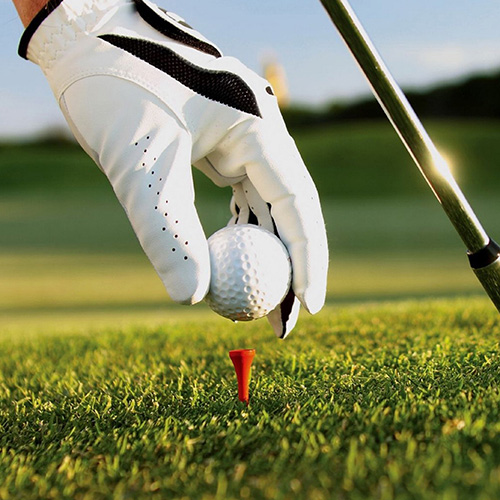3 Tips to Playing Smarter Golf

World Golf Hall of Fame player Chi Chi Rodriguez once said, “Golf is a thinking man's game. You can have all the shots in the bag, but if you don't know what to do with them, you've got troubles.”
Playing smart shots can save strokes during your round and help you avoid big numbers on the scorecard. It’s a balance between playing with confidence, but also managing risk. Players of all levels have important decisions to make during their round. Here are three tips to help you play smarter golf.
1. Hitting driver is not automatic
The driver gives you the greatest distance, but always consider the hole layout. It may not require maximum length off the tee and the danger of hitting an inaccurate drive penalize your score. Even if you’re hitting your driver well, ask three questions before opting to hit your driver.
What is the distance to the widest part of the fairway?
What area of the fairway offers the best angle for your second shot?
Is the reward of hitting the ball farther worth the risk of an errant tee shot?
Using your driver on a dogleg right or left, for example, may send your ball through the fairway, so a 3 wood or long iron might be the better option. Or, if a waste area is to the right of the fairway and you’re prone to pushing balls right with your driver, consider hitting a club you trust to hit more accurately and take out of bounds — out of play.
Always factor in the distance (and shape) of your shot before hitting driver. Farther is not always better.
2. Laying up can be wise, not wimpy
Laying up rather than “going for it” is often the right choice for amateur players. Targeting the flagstick from 225 yards out can be a high–risk shot if hazards surround the green.
Scenario: Par 5, second shot, 225 yards from the pin
Risky play: Hit a 4–iron that drifts right and lands in the water. Take a drop, chip your fourth shot onto the green, and two–putt for bogie.
Smart play: Hit a 9–iron into the fairway, leaving 100 yards to the flagstick. Knock a wedge onto the green and two–putt for par.
If you’re stuck between going for the green or laying up, pick brains over brawn.
3. Never miss to the short side of the green
A flagstick can be positioned on the left or right side of the green. When the flagstick is set to the left, for example, the grass or bunker area that’s left of the green is the “short side.” If you miss the green with your approach shot, you don’t want to miss to the short side.
Playing from the short side will give you less green to work with, making it tough to stop your ball close to the hole. Hit your next shot too hard and the ball will run past the hole; hit it too soft and the ball may not reach the green.
When the flagstick is positioned to the left or right, stay away from the short side and target the middle of the green. A longer putt is more desirable than a difficult touch shot from the rough or bunker.
Playing smart shots can be as important to your score as hitting great shots.
NJM, a leading property and casualty insurer in the Mid–Atlantic region, is proud to partner with the golf community. Contact your agent or broker, visit njm.com/njsga, or call 833–859–1920.



